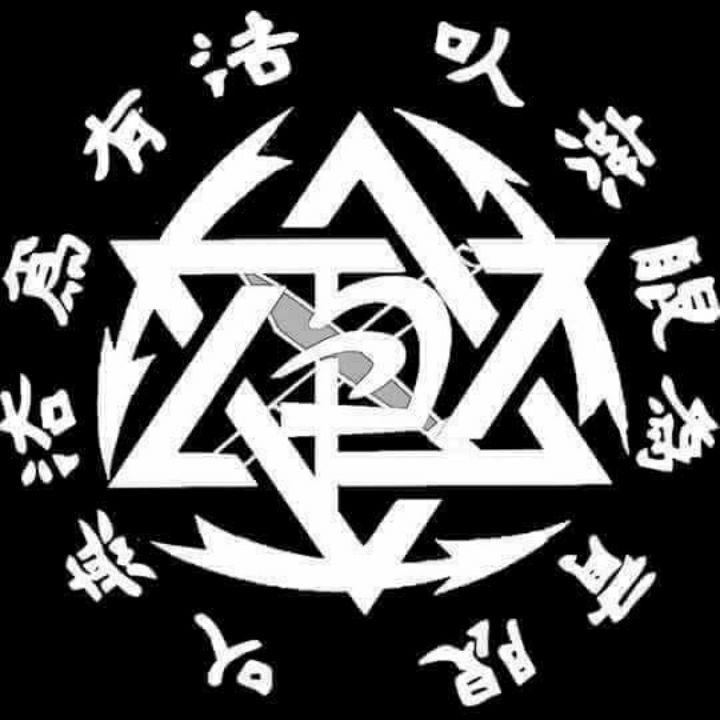Evolving Excellence: The Journey of Contemporary Jeet Kune Do
- Sifu Jeramiah Giehl

- Aug 3, 2024
- 2 min read
In the annals of martial arts history, Jeet Kune Do (JKD) stands as a testament to evolution and adaptability. Originally rooted in Wing-Chun, Bruce Lee's exploration of combat effectiveness led to the creation of JKD alongside his collaborator, Dan Inosanto. This transformative journey, chronicled since 1959, is a fascinating evolution that has kept JKD at the forefront of combat philosophy.
In 1964, Bruce Lee crossed paths with Dan Inosanto, a world-class athlete. Recognizing the limitations of Wing-Chun in the face of larger opponents, the duo embarked on a journey that would redefine martial arts. Over nine years, they meticulously dissected and synthesized various arts and philosophies relevant to street fighting, birthing what we now recognize as Jeet Kune Do.
With Bruce Lee's passing in 1973, Dan Inosanto took up the mantle, opening the Filipino Kali Academy in 1974. His commitment to cultivating and refining the original JKD process persisted, with a focus on "Constant Growth and Progression."
One defining principle that Inosanto emphasized, "Constant Growth and Progression," became a guiding beacon for JKD practitioners. In the mid-70s, while conventional martial arts emphasized high kicks and face strikes, JKD practitioners were already integrating Thai Boxing. This innovative approach proved prescient, foreshadowing the future of mixed martial arts (MMA).
By the early 80s, JKD practitioners were not just revolutionizing stand-up techniques with Thai Boxing but also embracing Brazilian Jiu-Jitsu (BJJ) as an essential component of their curriculum. The foresight to incorporate ground-fighting skills became evident as JKD mirrored the principles later embraced by the MMA world.
As MMA emerged, the efficacy of JKD principles became even more apparent. By the mid-90s, full-contact sparring at the Filipino Kali Academy resembled contemporary MMA, incorporating striking, clinching, ground-fighting, and submissions.
The distinction between original JKD and contemporary JKD lies in evolution, not contradiction. Original JKD, the combined curriculum of the Seattle, Oakland, and LA Chinatown schools, is foundational to contemporary JKD. Preserving the legacy of both ensures a holistic understanding and respect for Bruce Lee's vision.
Contemporary JKD recognizes that survival goes beyond empty-hand techniques. In response to real-world threats involving weapons, practitioners augment their skills with Filipino weaponry, emphasizing stick and knife techniques. Additionally, the Filipino Art of Un-interrupted Biting and Eye Gouging, known as Kina Mutay, adds a visceral dimension to self-defense, reserved for extreme situations.
Contemporary JKD embodies the evolution of combat arts, aptly described as "Filthy MMA." Rooted in respect for Bruce Lee's legacy and the dedication of practitioners over three decades, it continues to be a dynamic and relevant force in the martial arts landscape. The journey of Contemporary JKD serves as a living testament to the philosophy of "Absorb what is useful, reject what is useless, and add what is specifically your own."

Comments